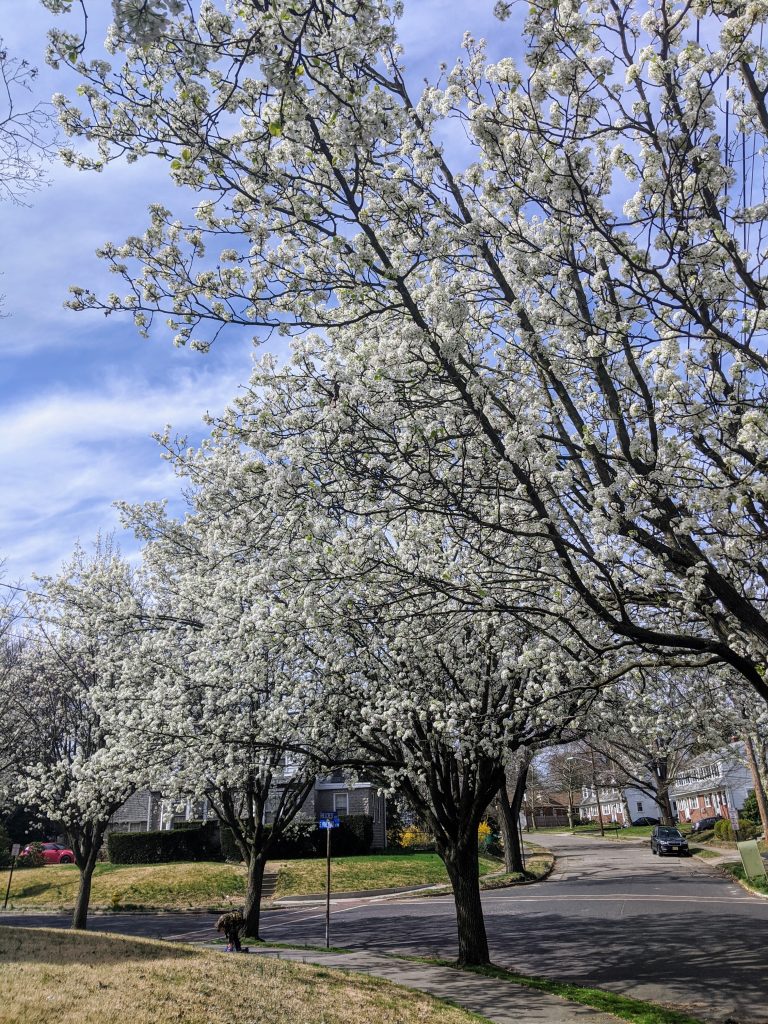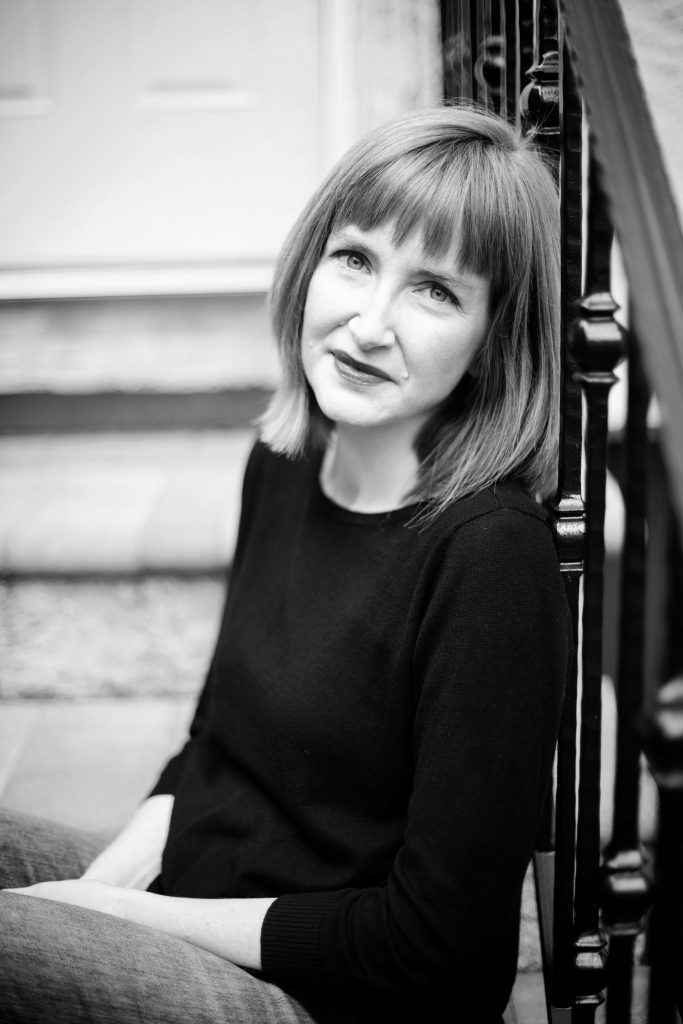The Up Drafts is an ongoing series of essays and interviews that examine creativity, productivity, writing process, and getting unstuck.
—
BY NANCY REDDY

When Hurricane Katrina tore through New Orleans in August 2005, one of the many sites of wreckage was the classroom in Orleans Parish East where I’d just started my second year teaching 9th grade English. As I left school that Friday before the storm, I’d been so hopeful. I’d spent the week before school started preparing my classroom, and the matched desks I’d pilfered from teacherless classrooms down the hall were lined in neat rows, eliminating the squabbling over desks’ style and broken-ness that had plagued my classroom the entire year before. The air conditioner, an enormous unit that hung from the ceiling and was always more loud than efficient, finally worked, which had rarely been true in my first year. I’d covered the old green chalkboards with bright white showerboard, and the room glowed with the light of all those good intentions.
I’d been such a bad teacher in my first year– unprepared, uncertain, unable to effectively teach my students, who arrived in high school with serious reading difficulties and complicated lives. I spent the whole summer between my first and second year reading books on pedagogy and literacy and planning my lessons. And on that last Friday, I stood in the doorway of my dimmed classroom and watched as my students sat and wrote at their desks. On the whiteboard at the front of the room, an overhead projector displayed the opening journaling activity, called a Do Now.
Hurricane Katrina remade New Orleans, and it remade my life. But hurricanes are, for better or worse, clear in their damage. Their approach can be charted on a doppler, their aftermath mapped and quantified. This new disaster is slow-moving, its consequences as yet unknown. Its course can still be shaped. Quarantine and social distancing are the best tools we have, and they seem to be slowing transmission in New York City and elsewhere.
//
So what do we–as writers, as people who need our art as a way of being present to the world – Do Now?
Last week passed in a haze. It was technically spring break for the university where I teach, and my kids had been sent home from school, and the weather was nice, so we spent most of our week on walks around our neighborhood, looking for signs of spring and taking pictures of the crocuses and dogwoods and magnolias. I baked bread. My children watched too much TV and mostly didn’t fight.
But this week, as it’s clear that this period of social distancing is going to stretch on for quite a while, I’m trying to figure out what shape this new part of our life might take and how writing can still fit into it.
I woke up this morning worrying, and I sat at my desk in the dark and wrote it down: I am afraid this will go on forever. And it helped a little, just a little, as it often does, to have that worry outside my body and written down.
Here’s what I’m doing so far: I’m setting the alarm for 6 each morning and coming to sit in my office and write. I’m mostly journaling, which is unusual for me, but it’s what I can do for now, and I think it’s likely that I’ll want to remember later what this time was like, in all its odd detail. Sari Botton’s recent piece, Why I’m Giving Myself Permission to Keep Writing at This Time, makes a case for writing through this crisis:
So that settles it: My story matters, and so does yours. I’m giving myself permission to write as I feel called to through this dark time. And if you need permission from someone other than yourself, I’m giving it to you, too. I’m not shirking any responsibilities to do it. I’m helping others out, staying connected to loved ones, making donations to helpful organizations as I can, doing my job. But when I am so motivated, I’m going to take a moment to write about what is happening, inside me and around me. I will tell myself first what I think and feel, and maybe later, share it with the world.
(Botton’s article also has a really comprehensive list of resources for writers, including prompts and virtual readings, if you’re looking for encouragement and community.)
Courtney Maum’s recent newsletter considered the question of how and what we write right now as well, and I was particularly comforted by her advice to “scale back.” As she writes:
Scale back. 45 minutes is the new 8-hour work day
Everyone’s ability to work is going to be affected by a slab of different factors. Whether you have kids running around at home that you’re suddenly supposed to educate, whether you yourself feel sick or are struggling with anxiety, whether you have lost such a significant portion of your wages that your livelihood is at risk. While I think that doing absolutely nothing is appropriate right now, severing ourselves completely from our identity as creators leaves room for depression and helplessness to seep in.
Can you find 45 to 90 minutes each day to work on something creative that fuels you? This time shouldn’t include social media, e-mail answering, or Zoom calls, this time is for you and your art.
Gone are the long hours at a coffee shop, but I can get an hour or so each morning alone before I start the day with my kids. And if I get that time–if I insist on it, sometimes waving my kids back out of my office while I write– I’m a little more myself in this uncertain and unsettling time.
//

Months after Katrina, when I was able to return to my classroom, I could see the waterline about waist-high on the white board and the walls. Below that waterline, the room was filled with silt, notebooks, and books that the water had scattered across the room as it receded. All those neat desks had been toppled, their contents strewn across the linoleum floor. Above the line, in my own handwriting, I could still read the words I’d written on our last day: the date and the Do Now.
None of us knows what this disaster will make of us, if anything we can write or make now will make sense on the other side of this. As agent Kate McKean wrote in her newsletter this past week, there’s no way to predict what editors will be buying or what readers will want to read when this is over. Instead, she says, “What you can do right now is write the thing you want to write.” Let’s try.
—

NANCY REDDY is the author of Double Jinx (Milkweed Editions, 2015), a 2014 winner of the National Poetry Series, and Acadiana (Black Lawrence Press, 2018). Her poems have appeared or are forthcoming in The Gettysburg Review, Pleiades, Blackbird, Colorado Review, The Iowa Review, Smartish Pace, and elsewhere, and her essays have appeared most recently in Electric Literature. The recipient of a Walter E. Dakin Fellowship from the Sewanee Writers’ Conference and grants from the New Jersey State Council on the Arts and the Sustainable Arts Foundation, she teaches writing at Stockton University. She’s working on a narrative nonfiction book about the trap of natural motherhood.
![[PANK]](https://pankmagazine.com/wp-content/themes/pank/assets/images/pank-logo-large.png)
